How zero waste is A Drop in the Ocean, really?
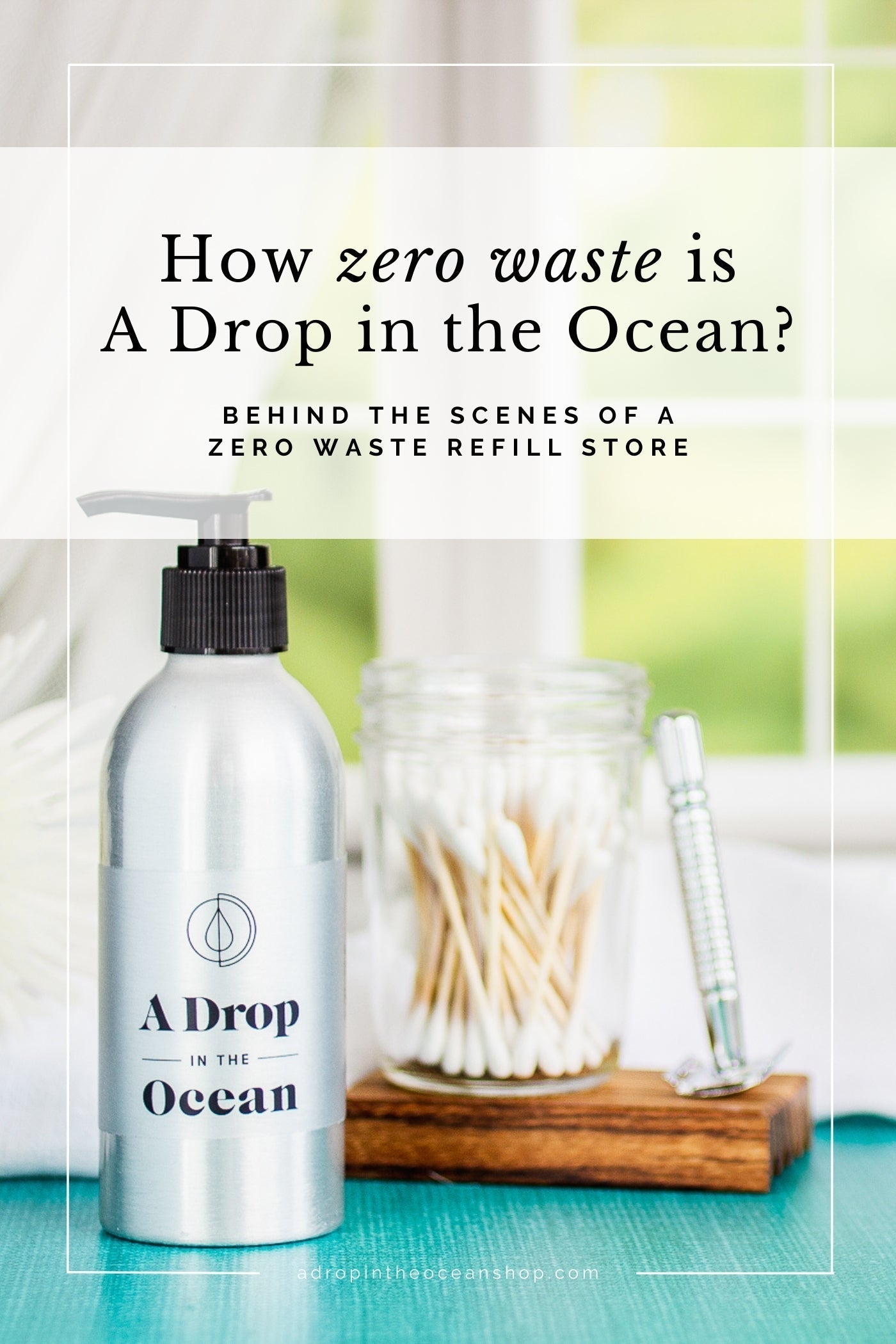
This post first appeared in our weekly Make Waves Mondays email series on February 10, 2025.
Hello friend!
First things first, before we get into today’s blog, I want to share a resource I discovered this past week called 5 Calls.
As much as I’ve mentioned in passing in previous posts that calling our representatives is a great way to expand our advocacy efforts beyond ourselves, I had never actually called mine until this week.
What am I supposed to say?
I’m not an expert on all of these topics, I’m just really concerned.
Will they answer? Will I have to leave a voicemail?
I hate talking on the phone… #millennial
👆 That was me. All. The. Time.
But with everything happening in our country right now, I just had to call.
I couldn’t not call.
When you download the 5 Calls app (or open their website), you’ll be prompted to input your zip code so the app can identify who your representatives are. Once it does, you can choose from a long list of current issues that are most concerning to you, and the app will give you:
An overview of what’s happening with that issue
Links to other resources about that issue
Your representatives’ names and phone numbers (both your Senators and your representative in the House)
A brief script you can follow that includes a list of proposed actions you can choose from
Buttons to log the call - whether you made direct contact, left a voicemail, or they were unavailable
The process literally takes 5 minutes and, while I was definitely nervous and shaky when I made my first call, they only got easier from there.
And if you think that your call doesn’t matter, think about it this way… What if everyone believed that?
This week, the Senate phone system that typically receives 30-50 calls per minute has been receiving 1200-1500 calls PER MINUTE. 💥
AOC also did an Instagram Live the other day that is WELL worth the watch if you haven’t already. (Here’s the YouTube link.) In this live, she emphasized that calling reps is one of the best things you can do right now - no matter which side of the aisle your reps are on.
They really do listen.
So if you’re feeling called to take action…
- Download the 5 Calls app (or check out their website) and make some calls today
- Watch AOC’s live
- Revisit our blog from two weeks ago all about finding community and being a climate activist right now
Got it?
Excellent.
Now, onto today’s blog.
Last week we shared our second annual Year-End Report, which for the first time included a full breakdown of our trash output for the entirety of 2024.
While our entire shop is dedicated to eliminating waste before it happens (in 2024 we kept over 8,500 plastic containers out of landfills!), being 100% zero waste is impossible in our current linear economy. Which means while we do everything we can to reduce our waste, there’s always gonna be something thrown away.
The average American throws away 4.9 pounds of waste every day. Removing composting and recycling, that number is still around 3.3 pounds of landfill waste - for every single person, every single day.
And did you know that for every pound that we throw out as individuals, about 7 more pounds were thrown away upstream to make the thing we threw away?
Yikes. 😬
So, the question becomes, if you’re buying a zero waste product from A Drop in the Ocean, is it actually zero waste for us, too? Or are we just taking things out of packaging and reselling them as “zero waste”?
In short, it really is actually zero waste for us, too.
But if you’ve been around here a minute, you know that’s never enough of an answer for me.
So in 2024, we collected all of our non-recyclable trash so we could do a full breakdown of our trash for you.
And because I’m so skeptical of recycling systems anyway, the only things I actually put in my recycling bin from the shop are pieces of cardboard and some paper. I didn’t measure those things, but know that I’m not collecting a bunch of plastic and putting it in my recycling bin claiming it to be recycled 🙃
How much trash did we, a zero waste refill store, produce in 2024?
All in all, ADITO’s unrecyclable waste in 2024 weighed in at just 10.9 pounds.
As a business (aka part of the upstream process), we threw away in an entire year what the average American throws away in less than 4 days.
And holy moly, friend, that is really freaking cool and I’m so damn proud of that number.
But…do you wanna know something even cooler?
Of that 10.9 pounds of trash, just 5.8 pounds were produced internally.

Our internal waste
What is internally produced vs. externally produced trash?
Internal Waste
💡 Internal waste is the waste that we as a company are actually responsible for adding to the waste stream.
Our internal waste is made up of:
- Label backings from soap labels and container labels
- Trimmings from pump dip tubes
- Packing paper contaminated in shipment
- Bottle pumps (and sprayers and droppers)
That’s it. That’s all the trash we produce as a company.
But this year we also broke our internal waste down even further to separate out the bottle pumps from the rest of our internal waste.
We wanted to understand how many pumps are returned to us throughout the year so that we could evaluate whether becoming a member of a beauty recycling program would be cost efficient.
In 2024, our total bottle pump waste measured just 1.6 pounds, which included 3 large pumps that we replaced from our bulk containers.
Given the small amount of pumps that we collected this year, we’ve determined that at this time, becoming a member of this recycling program is not an efficient use of our resources. However, we will still be paying to send the pumps we’ve collected to this vetted recycling program to keep them out of the landfill.
❓ Why not just reuse the pumps like the rest of the bottles and jars that are returned to us? This is a fantastic question, friend, and I’m so glad you asked! We would LOVE to keep these pumps in circulation, but there's no way for us to thoroughly clean and dry them to guarantee there would be zero cross-contamination between uses. We’re not about to risk your safety to save a few pumps.
But, this is why we package our Refill Bottles with metal caps instead of pumps - so you can continue using the same pump for the same product over and over and over again 😊
External Waste
💡 External waste is the waste that we’ve acquired as a result of collecting materials from our community.
Our external waste is made up of:
- Plastic tape, labels, and stickers we remove from donated boxes
We hardly ever purchase shipping boxes for this shop, because we are always receiving boxes from the people around us. Shout-out to the Point Defiance Zoo and Aquarium vet staff who collect shipping boxes and packing paper for me to pick up once a month now!
There is no shortage of shipping boxes in the world. We just need to use what we already have!
🎉 Fun fact: Since we opened our virtual doors in February 2019, we have received 11,000 orders, shipped out nearly 5,000 packages, and purchased just 455 shipping boxes. In all of 2024, we only purchased 25 shipping boxes (and of those 25 boxes, 11 are still in my closet waiting to be used).
However, because most of these boxes that we collect aren’t from sustainability-minded companies, there’s usually a lot of plastic tape and labels on them.
Plastic tape can contaminate the recycling stream if it’s not removed from boxes before being tossed in the recycling bin.
And because we firmly believe that consumers should never be responsible for packaging, our goal is to make disposable as easy-peasy as possible when it’s not feasible for us to take it back.
For us, that means removing anything unrecyclable from the box before shipping it to you.
While this all means that our trash output data is always going to be inflated, it also means that when you put your ADITO box in the recycling bin, you don’t have to remove anything from it, and it will be recycled.
So while we did not produce this waste ourselves, it is still part of our trash output, but it’s ultimately going to lead to less waste downstream by reducing contamination.
Plus, we’re giving LOADS of boxes second lives 😍

Our external waste
So how do we produce so little trash?
Like I said, I’m so proud to share these numbers with you. I won’t lie and say that it’s always easy, but it is so worth it to know that we’re doing absolutely everything we can to eliminate waste.
But, of course, it’s not enough to just share the end result.
I wanna show you how we do it!
So here’s a little behind-the-scenes for your eco-enjoyment 🥰
Closed Loop Refills
This is truly one of the things I am most proud of with A Drop in the Ocean.
All of our refillable products are part of a closed-loop system.
This means that not only can you return your empty containers to us to be reused, but we’re also returning our large jugs and buckets to our vendors to be reused.
Because we work with small, locally-owned businesses for our products, we’ve been able to maintain this closed loop system since the very beginning.
As time goes on, I’m hearing that more vendors commonly used by other zero waste refill shops are starting to offer closed loop systems for their products, but it’s definitely not the norm yet, and not all shop owners are even taking advantage of the option to send their empties back if they have it.
So this system is really special to me, especially because we’ve always done it this way.
💙 In 2024, 77% of the products we sold were completely unpackaged or part of our closed-loop refill system.

Local, Small Vendors
Since so many of our products are made locally, we’re able to avoid a ton of shipping waste.
Our bar soaps, for example, are made just a few miles from us, so we get them in cardboard boxes, without any packaging, and then return the empty boxes back to our vendor when we pick up our next order.
Our Swedish dishcloths are printed in Seattle, and our bottles and jars are also sourced in Seattle, so we pick those up ourselves, which also avoids a ton of packing materials.
💙 In 2024, 72% of the products we sold were made locally here in western Washington.
Sustainability-Minded Vendors
All of our vendors are eco-conscious and doing their part to reduce waste whenever possible, too.
That means that when we do have products shipped to us, the boxes they’re shipping only use paper tape, and the internal packaging is always paper, too. We’re able to reuse these boxes and packing materials in our own shipping and keep them out of the waste stream.
Buy Nothing Groups are the Best
Sometimes the boxes we receive product in or boxes we receive from our community are a bit too big for us to use for shipping. In that case, I’ll collect a bunch of them and offer them to my local Buy Nothing Group.
There’s always someone moving and in need of boxes!
Refill Labels Made from Trash
Okay so this one’s real dang cool.
Our soap bars come to us without any labeling on them. We purchase round kraft paper labels in bulk and print them as we receive our soaps, so there’s always just the right amount of labels for the soaps we have in stock.
But unfortunately, the backings of those kraft paper label sheets aren’t recyclable.
I used to throw these sheets away, until one day I realized that there is SO MUCH LIFE left in these sheets!
Now, when you receive a refillable product from us, you’ll notice on the jar or bottle there’s a little kraft label telling you what’s inside. Those labels are made from the same sheets as our soap labels!
By using these label sheets that would otherwise be trash, we’re getting a second use out of them, and using essentially the whole sheet rather than just the 12 round labels they’re intended for.

Other Miscellaneous Zero Waste Things We Do
Obviously, zero waste is truly at the heart of everything we do here.
In addition to the bigger things we do that I’ve already mentioned, there’s a bunch of smaller things we do that add up:
- Our shipping label backings are curbside recyclable, but instead of recycling them right away, we reuse them as packing materials!
- In 2024, we invested in a [refurbished] thermal label printer, eliminating all printer ink waste from shipping labels.
- In 2024, we had to upgrade our desktop printer, as the one we had before sadly bit the dust. The old printer was a gift from my Buy Nothing Group, but I didn’t have the same Buy Nothing luck this time around 😅 So instead, we invested in a Smart Tank printer, that doesn’t use ink cartridges at all, but rather refillable ink tanks. The ink refills come in large plastic bottles that can be rinsed and recycled when they’re empty, but each bottle is estimated to last about 2 years! It’s not a perfect solution, but it is a pretty cool one if you ask me.
- Whenever we need to upgrade something, we always look to secondhand options first. In 2024, we needed to upgrade our shelving for our bulk containers, add a second scale, and purchase a new computer keyboard - and we found all of them on Facebook Marketplace. Check out our post on how we keep our market booth zero waste, too, for even more fun secondhand business finds!
- The notes we include with every order are cut from boxes we can’t use for shipping, such as cider cases and Cheez-It boxes, or are cut from the jar dividers we get with our glass jars.
- Even the red sharpie we use to write “Fragile” on your order box was found at RE Tacoma, our very-sadly-now-closed-and-I-miss-it-every-day local free store that was full of donated supplies for small businesses. I even have the photo to prove it. And yes - this photo was from many years ago, but we’re still rocking that same red sharpie 😉

So, friend, I’m sure I’m missing a few things we do to stay zero waste, but all-in-all, this is a pretty comprehensive list. And I’m seriously so thrilled to share all of this with you.
Even with the externally-produced trash, that 10.9 pounds is absolutely something to be excited about, and I hope you’re excited, too 😄
So now I gotta ask - which of these zero waste efforts is your favorite? Do you have any suggestions how we could do even better?
Let’s chat! Comment below and share them with me!
Related:
How do we keep our market booth display zero waste?
How to Host a Zero Waste Business Shower + Anniversary Party
I don't want to be "the sustainable alternative to Amazon."
My Exact Step-by-Step Process for Spotting Greenwashing
Year-End Report 2023
Year-End Report 2024


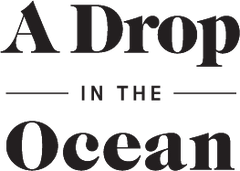



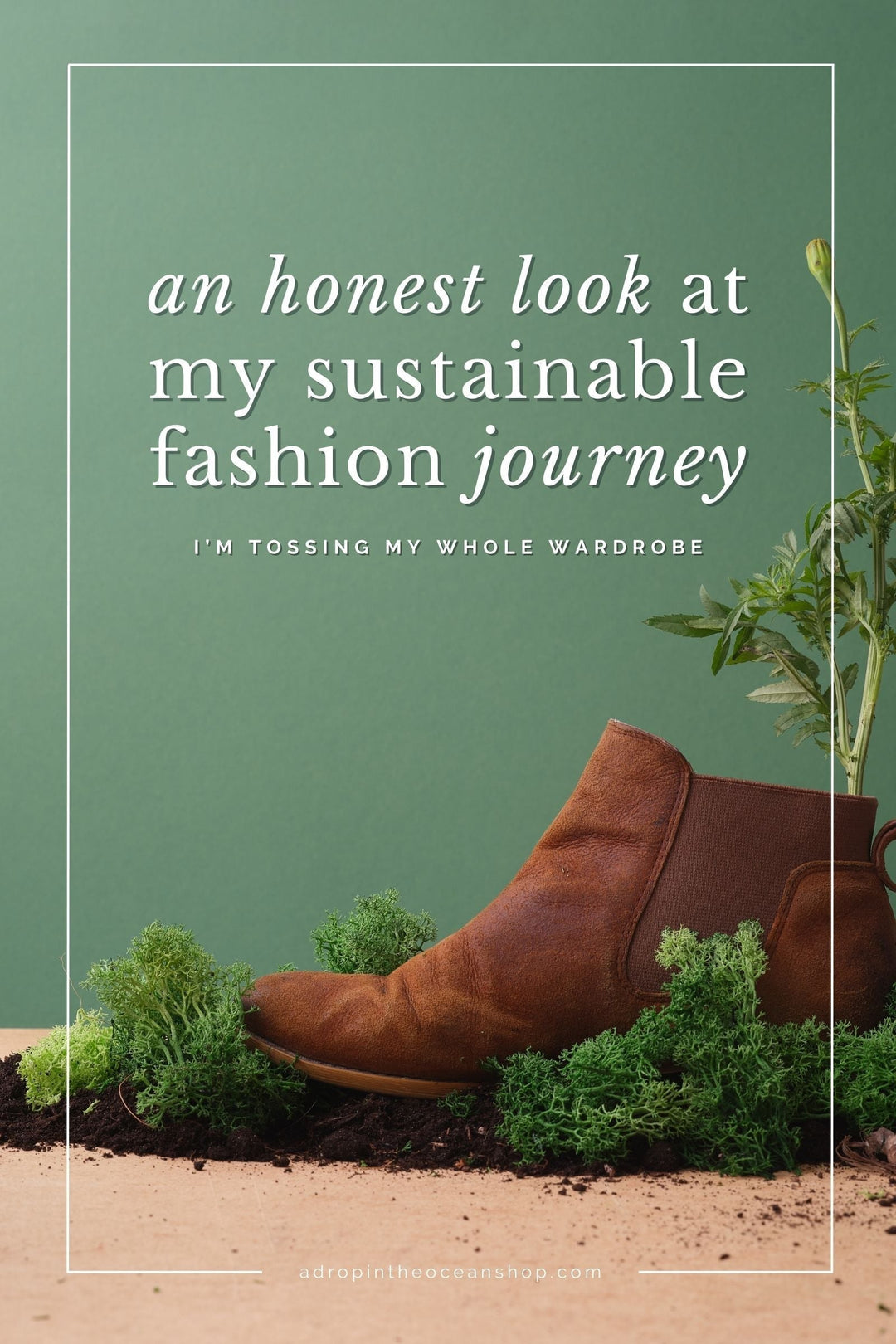
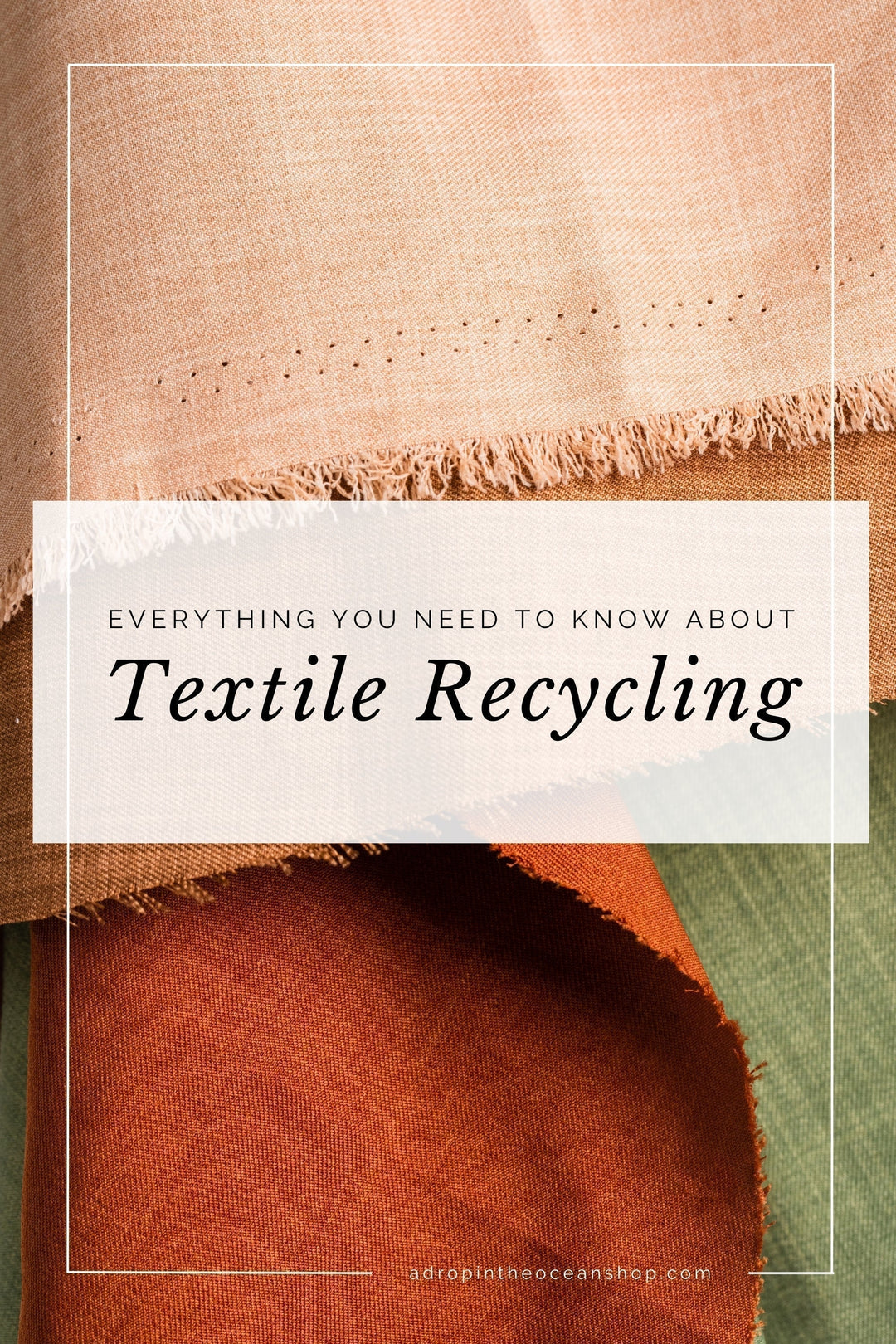
I’m amazed at all you’ve done and are doing for zero waste. Seems so easy, but I know a lot of thought went into these strategies. Small changes make a big difference.
Leave a comment